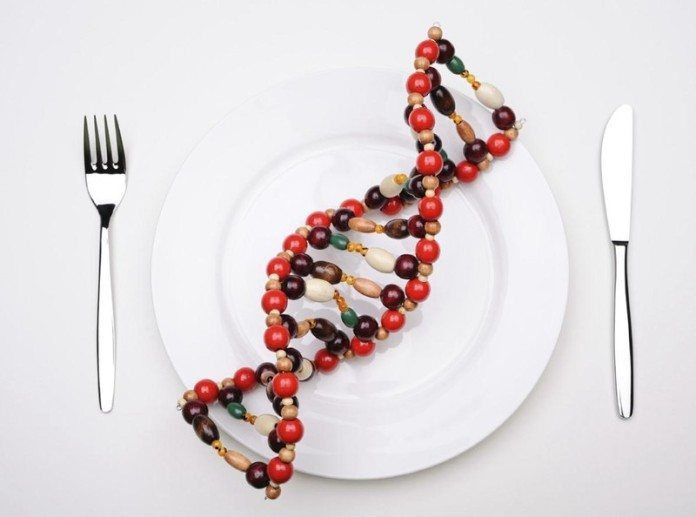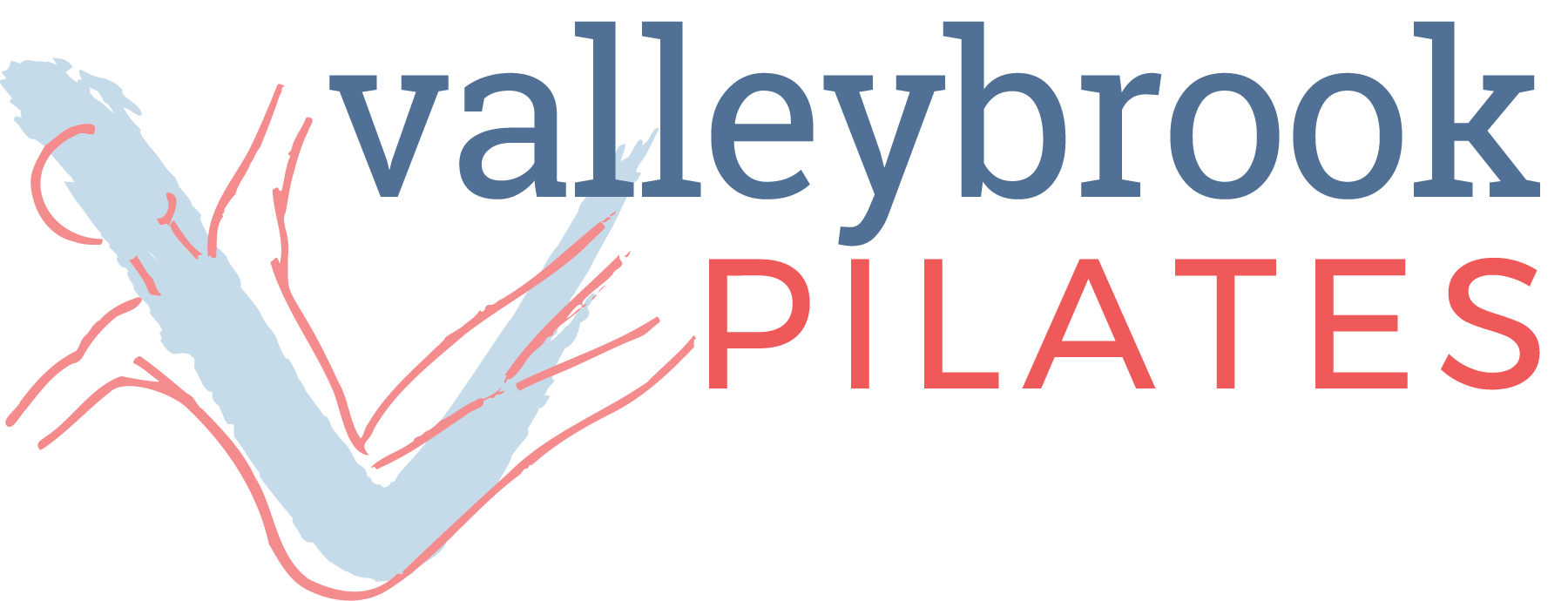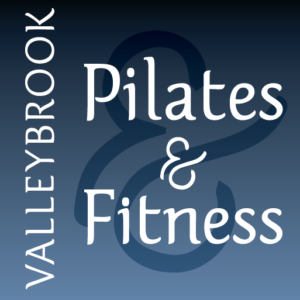
by Colleen Dachille | Jun 6, 2018 | Pilates
Pilates for Men? You bet!
1. Golfer, Runner, Cyclist or Weekend Warrior? Fitness is great, but unfortunately participating in sports can create major imbalances in the body. Think of rotating and swinging the same way repeatedly, or the impact and injuries caused by overuse. Doing Pilates in addition to other sports and activities can not only increase flexibility and range of motion, it can improve your game and make you better at your sport. Almost every top athlete works Pilates into their training methods.
2. Sitting for most of the day? The car, the bus, the office… way too much time spent sitting. It’s a fact that sedentary behavior can lead to an increased risk of many diseases. It slows metabolism, compresses the spinal column, and stiffens muscles. Pilates can help to reverse the effects of all that sitting around. Strengthen, lengthen, stretch and tone!
3. Gym rat or weightlifter past his prime? While it’s probably not necessary to give up weights completely, it is beneficial to balance it out with some Pilates. Usually the bulkier the muscle – the less flexibility it has. Combining weight training with Pilates will increase flexibility and mobility so that the risk of getting an injury from lifting lessens. Also, although you may be spending hours building muscle in the major body parts, chances are your core is still pretty weak. Nothing gives your core a good workout like Pilates!
4. Slouching and Shrinking? Poor posture is the cause of a lot of bad things, like chronic back and neck pain. It also can make you appear heavier and older. Pilates can help to decompress the spine by strengthening and lengthening muscles and proper alignment. After some good Pilates workouts, you can be back to your original height in no time. This is true, we see it all the time!
5. Stress, stress and more stress? Everyday life is a challenge, and we all know how stress can negatively affect almost everything within and around us. Pilates can help. During a Pilates session, you are forced to pay attention and concentrate on breathing while working through each movement with control and proper form. Afterwards, you feel refreshed and energized, which can carry over into your everyday life, if you keep Pilates as a routine.
So here’s the take away; Pilates is not a women’s only workout. It was developed by a man, Joseph Pilates, who initially refused to train women, feeling they were not strong enough to handle it.
Of course today we know this is not true, but Pilates can benefit the men just as much as the ladies. All of these benefits can be applied to everyone, regardless of sex, age, and fitness level.

by Colleen Dachille | Feb 19, 2018 | Nutrition
It seems as though a new diet hits the market every other week. Needless to say, wading through the endless sea of high-protein, low-carb, and everything in between can be exhausting. But the reason we have all these endless options is due to our genetic and environmental individuality, thus, different diets work for different people. Consequently, finding an ideal diet and exercise routine usually involves a lot of trial and error.
Aspirations of weight loss continue to pervade Americans New Year’s resolutions year after year. 68 percent of Americans are overweight or obese as of 2010, according to the Centers for Disease Control and Prevention. Gaining weight is the result of chronic positive energy balance involving two primary factors — eating more calories (input) than your body can burn off (expenditure). However, this simple equation of “energy in versus energy out” is not as streamlined as healthcare professionals once thought. There are many other factors that affect metabolism and hormone balance which contribute to the overweight and obesity epidemic. One novel area that researchers have investigated is genetic makeup. As a result, several companies have begun providing genetic tests designed to increase weight-loss success.
While genetic testing is no one-stop solution for gaining or losing weight, research into the genetic testing to personalize diet and fitness programs for weight loss can be advantageous. In a study conducted by Stanford University researchers, participants who were on genotype-appropriate diets shed 5.3 percent of their body weight. However, those who were on diets not matched to their genotype lost only 2.3 percent of their body weight.
According to this research, the results of the test were even more striking when taking into account the popular diets participants were following, which were the low-carbohydrate Atkins diet and the low-fat Ornish diet. Participants whose genotypes matched the diet lost 6.8 percent body weight; while those whose genotypes did not match the diet lost only 1.4 percent. Genetic testing can reveal whether a high protein or low-fat diet is more beneficial for you in losing weight.
Despite these promising results, DNA based nutritional counseling is a complex process. Simply submitting your saliva to a lab for analysis is the easy part. Figuring out what to do with your results can be a lot trickier. It’s important to have guidance and support from a qualified healthcare professional, such as a Registered Dietitian Nutritionist to help you understand and establish the most appropriate plan of action for weight loss. Knowing which type of diet will be most effective can be the difference in spinning the diet wheel through trial and error, or doing what is exactly what your body needs to achieve your goals.

by Colleen Dachille | Nov 13, 2017 | Pilates
Pilates: The Fountain of Youth?
At Valleybrook Pilates and Fitness, we know everyone can benefit from adding Pilates to their routine. With older adults, we can help seniors lead a longer, stronger life with the practice of Pilates.
The United States is aging, with 15.2% of Americans age 65 or older.[1] It is predicted that by 2030, 1 in 5 adults will be in this category.[2] While the benefits of exercise are numerous for every age group, for seniors who desire to maintain physical and mental wellness, preserve function and stay active, exercise is essential. Actually, there are only a few untreatable or serious medical conditions that might stop an older adult from participating in moderate to vigorous exercise.[3]
As the number of older adults in our population steadily increases, the need for greater knowledge regarding the effects of aging on the components of fitness combined with the understanding of the role exercise plays in staving off the negative effects of aging becomes more important than ever. In our studio, Pilates instructors look beyond muscle strength, endurance and flexibility to create a program that includes motor coordination and balance as they contribute to functional performance. We also factor in individual needs as well as joint and other health concerns, along with mental and emotional well-being.

Studies show that lifestyle changes in diet, exercise, stress management, and social support may result in longer telomeres, the part of the chromosomes that affect aging. Exercise recommendations are for moderate, daily exercise.[4] More and more studies are coming out that support these recommendations and underline the fact that our seniors are struggling with stress issues. Pilates can be a powerful tool in the active aging arsenal helping them to improved wellness. Just as with all other clients, individuals in the over-65 age group can range from the sedentary with chronic health issues to competitive athletes with strong training programs in place.
During a private Pilates lessons, we teach to each individual that is most appropriate for them on that given day. Every day is different and for older clients, those differences can be more pronounced. We often change the lesson plan on the fly, to offer more building blocks, props, supportive touch, or to slow the pace down after travel or just a low-energy day. Alternatively, we are ready to up the game plan when a client seems to have more energy and focus. Practiced on a regular basis, Pilates truly can be the fountain of youth.
Read more on this topic
(1) U.S. Census Bureau (2016). Income, Poverty and Health Insurance Coverage in the United States: 2016. Retrieved from: https://www.census.gov/newsroom/press-releases/2017/income-povery.html
(2) Administration on Aging (2011). A Profile of Older Americans: 2011. Retrieved from: http://www.aarp.org/content/dam/aarp/livable-communities/learn/demographics/a-profile-of-older-americans-2011-aarp.pdf
(3) Panton, Lynn B. PhD, FACSM, Loney, Brittany, MS, MA (2012). Exercise for Older Adults: Health Provider Edition. Retrieved from: http://file.lacounty.gov/SDSInter/dmh/216745_ExerciseforOlderAdultsHealthCareProviderManual.pdf
(4) Ornish, D (2013). “Effect of comprehensive lifestyle changes on telomerase activity and telomere length in men with biopsy-proven low-risk prostate cancer: 5-year follow-up of a descriptive pilot study”. DOI: http://dx.doi.org/10.1016/S1470-2045(13)70366-8







